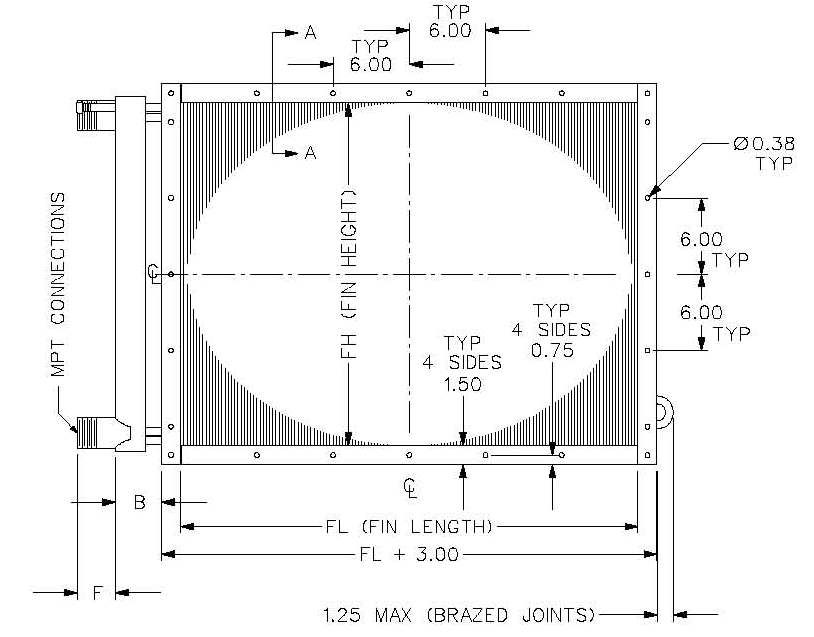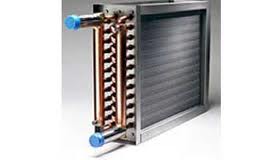Q. We are in a disagreement over specification language. In your opinion what does a “Single Point Power Connection” include? Thanks, Boston Engineer.
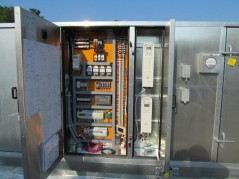
Good Question. This comes up all the time. Depending on the application and circumstances “Single Point Power Connection” is defined in multiple ways. Typically there are assumptions made, often times wrong, that lead to disagreement.
We view a single point power connection as main power to the Air Handling Unit. This is the main “high voltage” connection brought to the unit. An electrical panel is provided to accept this connection. From that point the manufacturer should own all downstream electrical components (VFDs, Fans, Energy Recovery Wheels, Humidifiers, Gas Heat, etc.) and wiring on the unit.
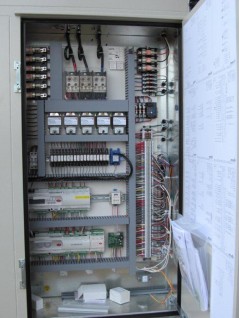 What the manufacturer does not own is controls and control wiring, unless this is clearly spelled out. In many cases it is misconstrued by a user that a “Single Point Power Connection” includes all power and controls; everything. Just hook up the unit with electrical and your set. It’s not that way and it’s not that simple.
What the manufacturer does not own is controls and control wiring, unless this is clearly spelled out. In many cases it is misconstrued by a user that a “Single Point Power Connection” includes all power and controls; everything. Just hook up the unit with electrical and your set. It’s not that way and it’s not that simple.
The biggest area of contention lies with who owns controls and what is included with that. In many cases the manufacturer will supply actuators, mounted and wired, but not the full controls package. That’s why it’s really important for the specifying engineer to call out exactly what is owned by the manufacturer (see example specification language below).
Our preference is to have the main power wiring brought to a panel as a single point of connection and have a separate, 120V, line run by others to cover service lighting and controls. It makes sense to have service lighting separate from the main power. That way when power is killed to the main disconnect there will be power still available to service lighting and controls. That’s a lot safer.
Above all, it needs to be clearly spelled out in the specification and clearly communicated between all parties. When this happens, the job usually runs very smoothly.
Here is a sample of what the electrical portion of the specification could look like:
21) ELECTRICAL
a) All electrical and control components shall be wired into a NEMA4 electrical panel and shall be single point power connection.
b) Electrical panel shall include:
i. High & low voltage wiring with fuse protection
ii. All variable frequency drives
iii. Lockable non-fused disconnect switch
iv. Laminated electrical, controls and refrigeration diagrams
v. Air vent to evacuate excess heat
vi. A separate wiring pipe chase for low voltage and high voltage
vii. A drain shall be included in the electrical compartment
c) Any motors controlled by a VFD shall be wired without the use of contactors and overloads.
d) A UV resistant unit nameplate shall describe unit weight, all electrical requirements, such as FLA, MCA, MOP, and laminated one on the front door and one inside the electrical service compartment.
e) All high voltage wiring shall be copper type tray cable, certified UL1277. Aluminum wiring is not acceptable. All high and low voltage connections shall have water tight connectors.
22) CONTROLS
a) All controls including actuators to be by ATC contractor.
23) SERVICE POWER & LIGHTING
a) GFI, lights and switches shall be factory installed and wired to a common junction box. A separate power connection 120/1 shall be provided and powered by others.
b) All lights shall be controlled by a single weatherproof light switch
c) A marine light shall be provided in all accessible sections
Related Blog Post: Energy Recovery Unit | Separate Control Panel Option
Feel free to add comments below.


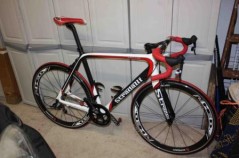


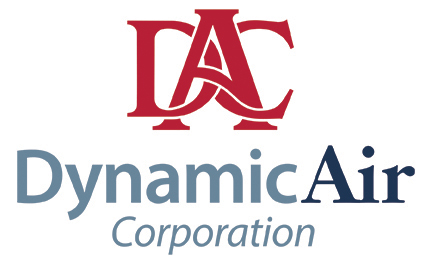




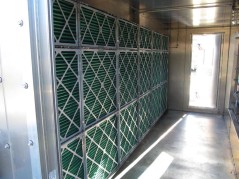
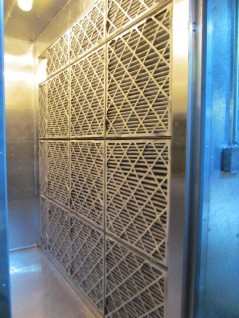

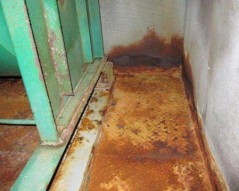
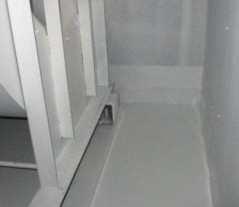 Cost Savings: Where refurbishment is feasible, this may be chosen as an option to replacement. With refurbishment there is a significant cost savings. Depending on the extent of the work, the refurbished unit costs are typically only 20 to 30% of the cost of a replacement unit.
Cost Savings: Where refurbishment is feasible, this may be chosen as an option to replacement. With refurbishment there is a significant cost savings. Depending on the extent of the work, the refurbished unit costs are typically only 20 to 30% of the cost of a replacement unit.
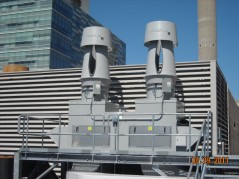 A. We typically advise that bypass dampers only be used when necessary. In a lot of applications where VFDs are used, bypass dampers are not necessary. If the fans can turn down to the minimum design point and still maintain 3,000 FPM outlet velocity then we don’t need the dampers. This will vary depending on the fan and number of fans selected. Best just to look at the fan curves.
A. We typically advise that bypass dampers only be used when necessary. In a lot of applications where VFDs are used, bypass dampers are not necessary. If the fans can turn down to the minimum design point and still maintain 3,000 FPM outlet velocity then we don’t need the dampers. This will vary depending on the fan and number of fans selected. Best just to look at the fan curves.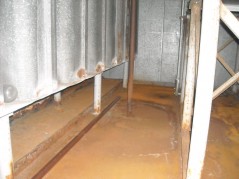 We look at hundreds of Air Handling Units each year. All types, all sizes and all conditions. Typically we are called in to assess problems or look at replacement options. In some cases units are not in bad condition; they don’t need to be replaced, just refurbished.
We look at hundreds of Air Handling Units each year. All types, all sizes and all conditions. Typically we are called in to assess problems or look at replacement options. In some cases units are not in bad condition; they don’t need to be replaced, just refurbished. 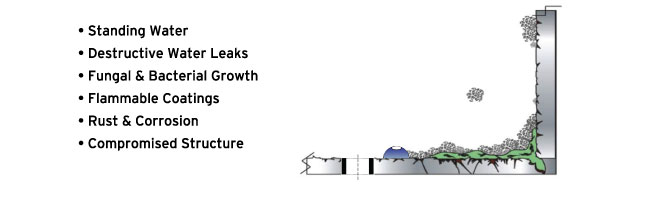
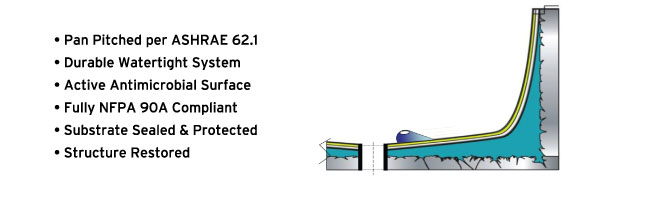
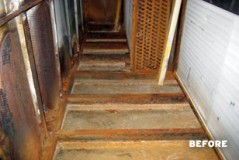
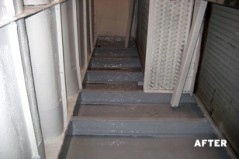

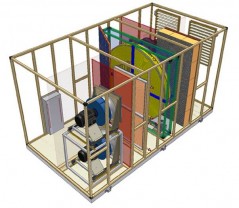 ese types of packaged units. We provided 2-inch double-wall construction, backward inclined fans with airfoil blades, premium efficiency motors, a steam preheat coil, a chilled water coil and of course a high performance energy recovery wheel.” The benefit of this type of comfort-to-comfort application is that energy can be conserved during both the summer and winter months. Based on a bin analysis for Hanover, NH the use of the wheel results in a significant savings of $10,050 in annual heating and cooling costs for the facility. One other important feature to note is the ability to significantly downsize the capacity of other HVAC components. In this case, we were able to reduce the total cooling required by approximately 42 tons.
ese types of packaged units. We provided 2-inch double-wall construction, backward inclined fans with airfoil blades, premium efficiency motors, a steam preheat coil, a chilled water coil and of course a high performance energy recovery wheel.” The benefit of this type of comfort-to-comfort application is that energy can be conserved during both the summer and winter months. Based on a bin analysis for Hanover, NH the use of the wheel results in a significant savings of $10,050 in annual heating and cooling costs for the facility. One other important feature to note is the ability to significantly downsize the capacity of other HVAC components. In this case, we were able to reduce the total cooling required by approximately 42 tons.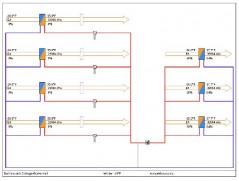
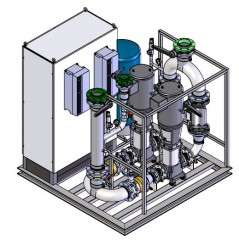
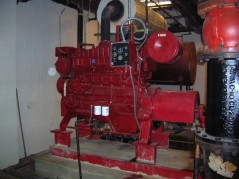
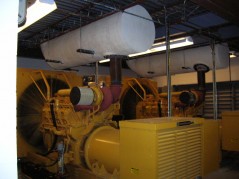 The Problem: The new 911 Call center at the Massachusetts State Police Training Academy, in New Braintree, MA, also housed 2 new Emergency Diesel generators and Diesel driven fire pump. Lack of wind or wind gusts in the western direction was identified as responsible for diesel exhaust odor being entrained in the OA intakes of the air handlers. This was obviously an unsafe condition for the 911 operators to work in so
The Problem: The new 911 Call center at the Massachusetts State Police Training Academy, in New Braintree, MA, also housed 2 new Emergency Diesel generators and Diesel driven fire pump. Lack of wind or wind gusts in the western direction was identified as responsible for diesel exhaust odor being entrained in the OA intakes of the air handlers. This was obviously an unsafe condition for the 911 operators to work in so 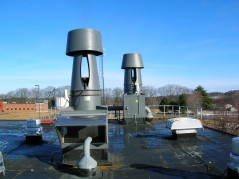
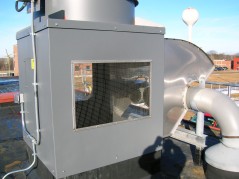
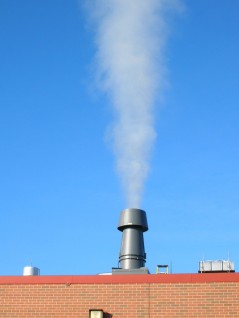 Written and Started by:
Written and Started by: 
 What the manufacturer does not own is controls and control wiring, unless this is clearly spelled out. In many cases it is misconstrued by a user that a “Single Point Power Connection” includes all power and controls; everything. Just hook up the unit with electrical and your set. It’s not that way and it’s not that simple.
What the manufacturer does not own is controls and control wiring, unless this is clearly spelled out. In many cases it is misconstrued by a user that a “Single Point Power Connection” includes all power and controls; everything. Just hook up the unit with electrical and your set. It’s not that way and it’s not that simple.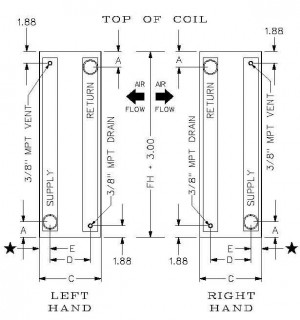 Coils Basics:
Coils Basics: